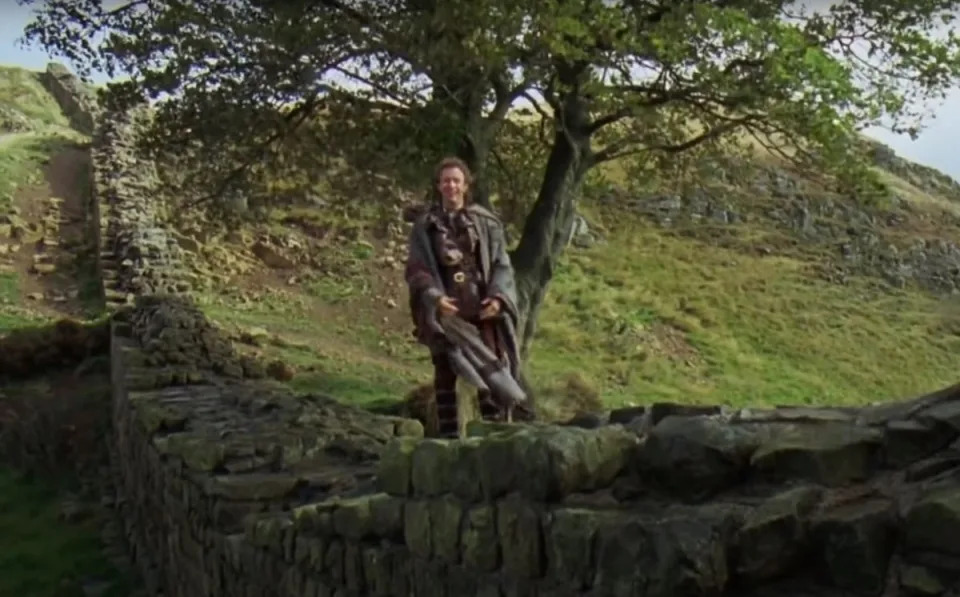Jim Waterson Media editor
Thu, 28 September 2023

Photograph: Anadolu Agency/Getty Images
Suella Braverman falsely claimed child grooming gangs in the UK were “almost all British-Pakistani”, according to a ruling by the press regulator, Ipso.
The home secretary made the claim in a Mail on Sunday article published in April, where she singled out British-Pakistani men as being involved in child sexual abuse due to “cultural attitudes completely incompatible with British values” that “have been left mostly unchallenged both within their communities and by wider society”.
Ipso has forced the Mail on Sunday to issue an apology and correction to Braverman’s piece after concluding the statement was false. The regulator said Braverman’s decision to link “the identified ethnic group and a particular form of offending was significantly misleading” because the Home Office’s own research had concluded offenders were mainly from white backgrounds.
In its defence, the Mail on Sunday argued that prior to publication it had double-checked Braverman’s decision to single out British-Pakistanis with advisers to the home secretary and the prime minister, Rishi Sunak. Both teams at the top level of government confirmed they had “no concern over this particular line” and were happy for it to be published.
The newspaper also unsuccessfully argued it was entitled to rely on factual information provided by the home secretary about the ethnicities of grooming gangs because the Home Office was the department responsible for dealing with the issue – and Braverman was the most senior member of that department.
The regulator concluded that, regardless of the discussions that had gone on behind the scenes, the Mail on Sunday had published an inaccurate statement as fact. This has led to the highly unusual situation of a newspaper printing a factual correction to a comment article authored by a leading cabinet minister.
Although there have been several high-profile examples of British-Pakistanis involved in grooming gangs, research published by the Home Office in 2020 showed that offenders are “most commonly white” and come from diverse backgrounds.
The Mail on Sunday argued it was unfair to rely on this report because the research was published when a different home secretary, Priti Patel, was in charge of the department. It also said the 2020 report concluded it was “difficult to draw conclusions about the ethnicity of offenders as existing research is limited and data collection is poor”.
Braverman’s advisers later said they singled-out British-Pakistanis in the article because of high-profile grooming gang cases in Rotherham, Rochdale, and Telford, where there was clear evidence of the ethnicity of the perpetrators, rather than looking at offenders as a whole.
The complaint against the Mail on Sunday was brought by the Centre for Media Monitoring, an offshoot of the Muslim Council of Britain, which has repeatedly used the regulatory system to force corrections from British newspapers.


























